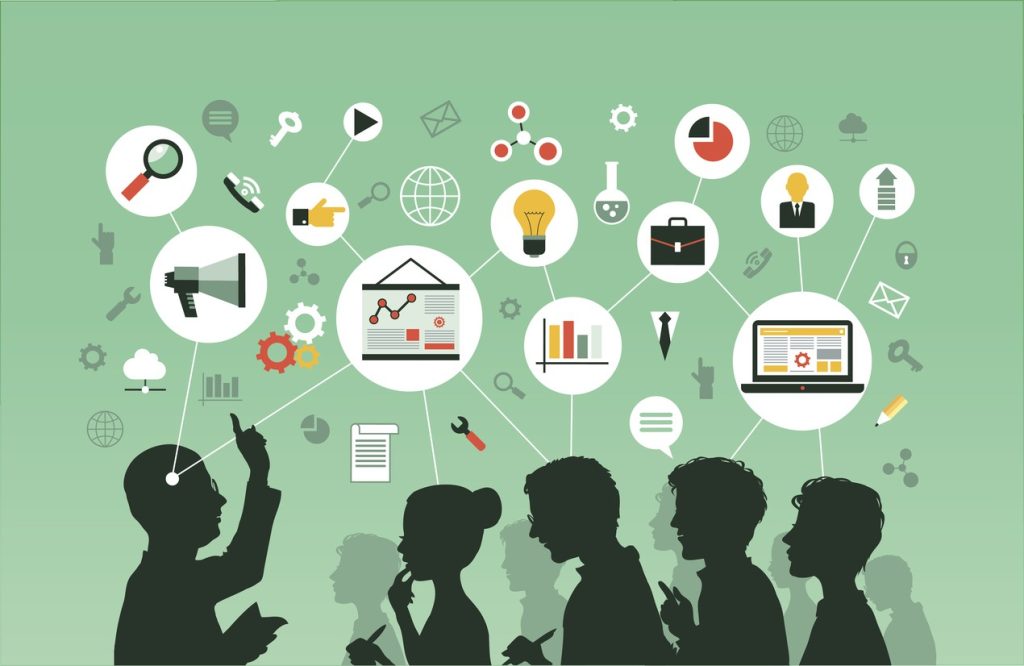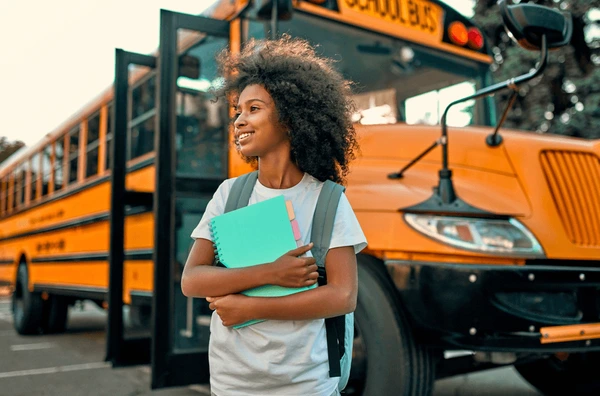In today’s interconnected world, collaborative learning is a vital teaching approach that enhances teamwork, problem-solving, and communication skills. By engaging students in group activities, discussions, and joint problem-solving, collaborative learning encourages active participation, deeper understanding, and social interaction.
From classroom discussions to digital collaboration, this article explores the benefits, strategies, and challenges of collaborative learning, along with practical ways to implement it in educational settings.
What is Collaborative Learning?

🔹 Collaborative learning is an instructional approach where students work together to achieve a common goal, solve problems, or complete tasks.
🔹 It shifts education from teacher-centered instruction to student-driven engagement, promoting peer-to-peer learning.
Key Elements of Collaborative Learning:
- Shared Goals – Students work towards a common objective.
- Mutual Respect & Accountability – Each student contributes meaningfully.
- Active Participation – Encourages discussions and collective decision-making.
- Critical Thinking & Problem-Solving – Requires students to analyze, question, and create solutions together.
📍 Collaborative learning is widely used in classrooms, universities, and workplaces to develop essential interpersonal and analytical skills.
Benefits of Collaborative Learning
Collaborative learning enhances both academic success and social skills.1. Improves Communication & Teamwork 🤝
✅ Encourages active listening, articulation of ideas, and respectful debate.
✅ Helps students develop clear and confident communication skills.
2. Increases Engagement & Retention 🎓
✅ Students retain knowledge better when they discuss and apply concepts together.
✅ Hands-on participation makes learning more interactive and enjoyable.
3. Develops Critical Thinking & Problem-Solving Skills 💡
✅ Students analyze different viewpoints and collaborate on solutions.
✅ Encourages logical reasoning and innovation.
4. Fosters a Growth Mindset & Social Skills 🌱
✅ Teaches students empathy, patience, and adaptability.
✅ Builds self-confidence and leadership qualities.
📍 Example: A study showed that students in collaborative learning environments outperformed those in competitive or individual learning settings in comprehension and application of knowledge.
Collaborative Learning Strategies & Activities
1. Think-Pair-Share 💭🤝
- Step 1: Students think about a question individually.
- Step 2: They pair up to discuss their thoughts.
- Step 3: Each pair shares their insights with the class.
📍 Best For: Encouraging participation in larger classrooms.
2. Group Problem-Solving Challenges 🧩
✔ Assign real-world case studies or STEM challenges.
✔ Students brainstorm, debate, and propose solutions together.
📍 Best For: Developing logical thinking and teamwork.
3. Jigsaw Method 🧩🔄
- Students are divided into groups, each assigned a different section of a topic.
- They become experts in their section and teach it to their peers.
- The final discussion connects all pieces into a full understanding.
📍 Best For: Enhancing peer teaching and comprehension.
4. Collaborative Writing & Projects ✍📚
✔ Students co-write reports, essays, or creative stories.
✔ Encourages editing, constructive feedback, and team accountability.
📍 Best For: Developing writing, research, and teamwork skills.
5. Online Collaboration & Digital Tools 💻🌍
✔ Google Docs, Padlet, and Trello enable real-time collaboration.
✔ Discussion forums and virtual breakout rooms engage students in remote learning.
📍 Best For: Digital learning environments and cross-cultural collaborations.
Challenges in Collaborative Learning & How to Overcome Them
🚧 Unequal Participation – Some students dominate while others stay passive.
✅ Solution: Assign roles and responsibilities within groups to ensure balanced contributions.
🚧 Conflict & Disagreements – Differing opinions can lead to disputes.
✅ Solution: Establish rules for respectful discussions and encourage compromise.
🚧 Time Management Issues – Group work may slow down progress.
✅ Solution: Set clear deadlines and structured goals for tasks.
🚧 Dependence on Stronger Members – Weaker students may rely too much on others.
✅ Solution: Use peer evaluations and individual reflections to assess contributions.
📍 When managed well, collaborative learning can be highly effective and rewarding.
The Role of Teachers in Collaborative Learning
👩🏫 Facilitators, Not Just Instructors – Guide discussions instead of lecturing.
📊 Encourage Equal Participation – Ensure every student contributes.
💡 Provide Constructive Feedback – Help students refine their teamwork skills.
📚 Use diverse learning materials by combining text, visuals, and digital tools to enhance engagement.
📍 By fostering a supportive environment, teachers can maximize the benefits of collaboration.
Collaborative Learning Beyond the Classroom
1. Workplace Collaboration 🏢
✔ Encourages teamwork in corporate settings.
✔ Develops project management and leadership skills.
2. Online Learning & Global Teams 🌎
✔ Connects students worldwide through virtual classrooms.
✔ Encourages cross-cultural collaboration.
3. Community Engagement & Social Projects 🤲
✔ Students collaborate on local initiatives, charity work, or environmental projects.
✔ Encourages real-world problem-solving and civic responsibility.
📍 These experiences prepare students for lifelong collaboration in professional and social settings.
Final Thoughts: The Power of Learning Together
Collaborative learning goes beyond academics—it builds skills that are essential for success in education, careers, and personal growth. By embracing teamwork, fostering communication, and encouraging critical thinking, we can create a more engaging, inclusive, and effective learning experience.
💬 What’s your experience with collaborative learning? Share your thoughts below! 🚀✨


